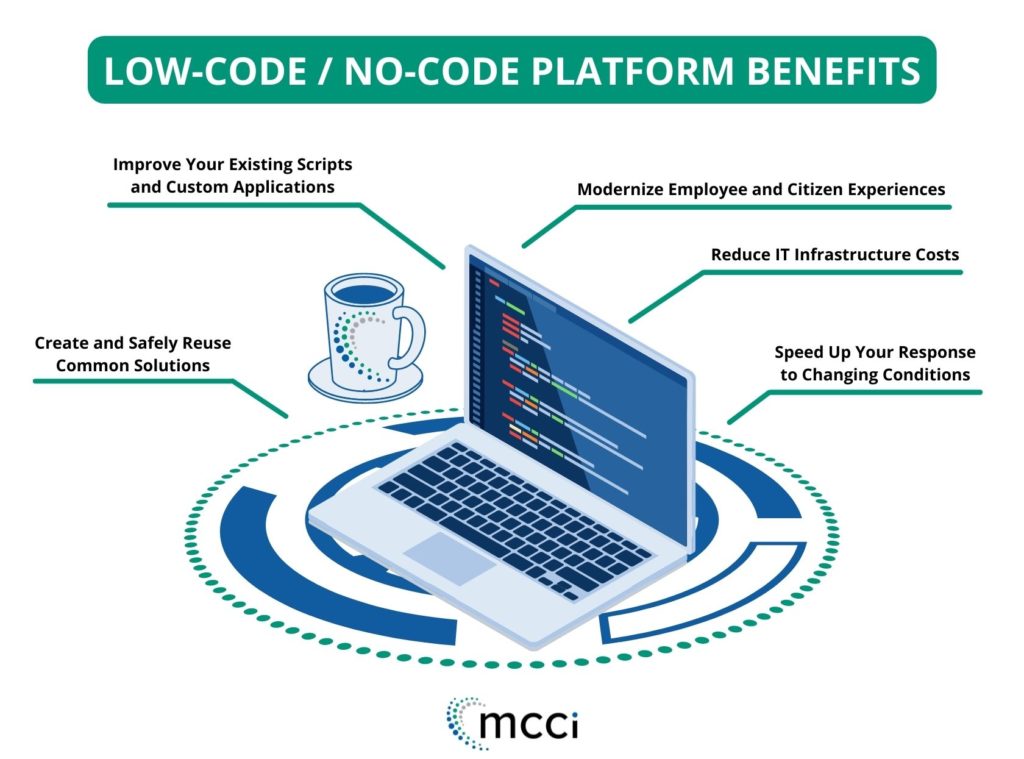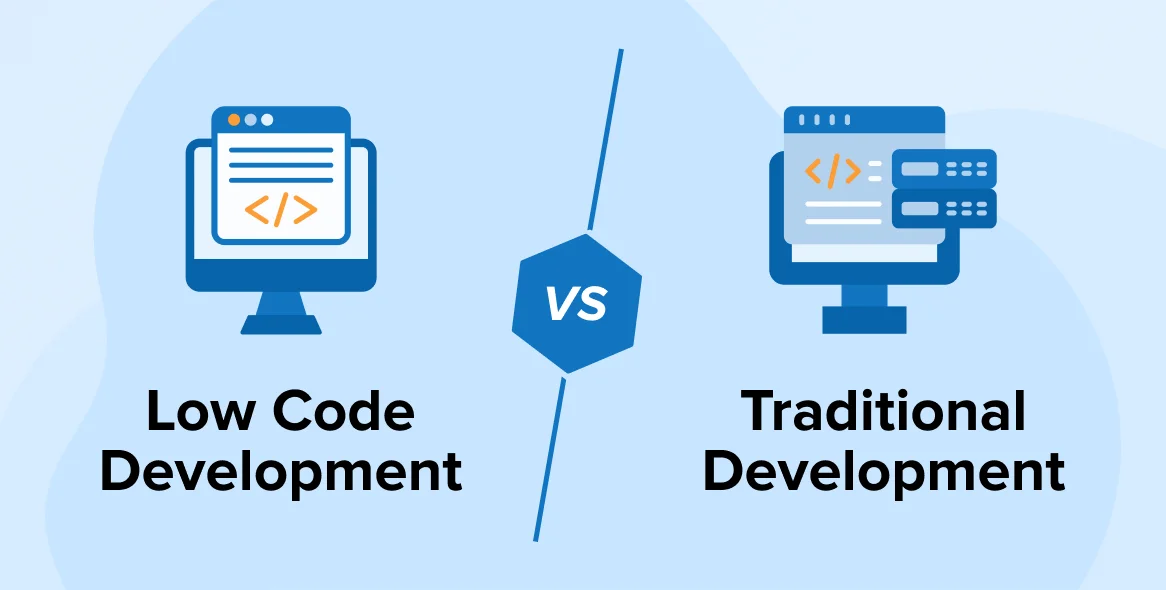Introduction
Enterprise Resource Planning (ERP) isn’t about buzzwords; it’s about getting orders shipped on time, paying suppliers without drama, and knowing—rather than guessing—what’s happening in every corner of your company. This article curates seven ERP success stories that prove the point, while also showing where each platform can bite back if you’re not prepared.
Along the way you’ll hear sharp, on-the-ground insights from Tamer Badr, owner of Singleclic.
Why Companies Still Bet Big on ERP
- Single source of truth: Finance, supply-chain, and HR data land in one ledger.
- Operational agility: Rapid pivots (think pandemic-style disruptions) are easier when processes are standardised.
- Scalable automation: From barcode-scanning warehouses to automated VAT filings, ERP is the backbone.
Tamer Badr notes, “An ERP done right is less about screens and more about decision clarity at 8 a.m. on a Monday.”
7 Stand-Out ERP Success Stories (and the Gotchas to Watch)
| # | Company & Solution | Measurable Wins | Watch-outs |
| 1 | Nestlé – SAP S/4HANA Cloud | • 97 factories under one global template• 12 % cut in inventory holding costs | High licence & change-management costs; complex data migration. |
| 2 | G&J Pepsi – Microsoft Dynamics 365 | • +$30 million profit swing in two years• Real-time route optimisation for 1,600 trucks | Per-user subscription fees add up; careful role-based access is vital. |
| 3 | Green Rabbit – Oracle NetSuite | • Fulfil tens of thousands of perishable orders daily, error-free• 3-month go-live despite busy season | Heavy reliance on NetSuite PS team; custom scripts need version control. |
| 4 | Miahona Water – Odoo (Singleclic) | • 30 % jump in field-team productivity• Data-driven asset management enabling predictive maintenance(see full story <a href=”https://singleclic.com/case-study-on-erp-transforming-miahonas-water/”>here</a>) | Mobile connectivity in remote zones stressed the offline module. |
| 5 | TÜV Egypt – Odoo (Singleclic) | • 35 % faster project turnaround• Arabic UI drove 90 % user adoption in two weeks | Initial VAT e-invoice setup needed extra localisation effort. |
| 6 | Cisco – Custom Oracle ERP | • Zero-downtime global rollout; standardised order-to-cash worldwide | Large, multi-year roadmap requires disciplined scope control. |
| 7 | Cadbury – SAP R/3 | • Integrated processes reduced stock-outs; improved forecasting | Early phase saw inventory spikes—proof that data cleansing matters. |
Rapid Lessons Learned
- Board-level sponsorship is non-negotiable.
- Cut customisations by half. If you think you need forty, settle for twenty.
- “Big-bang” vs. phased: Consumer brands in peak season (hello, Hershey 1999) prove that compressed timelines kill.
Expert View: Tamer Badr on Avoiding ERP Heartbreak
“The future of smart governance lies not in flashy tech, but in simplifying the essentials. Our ERP tools are built to do just that.”
“Having worked with hundreds of Gulf clients, the biggest pitfall I see is chasing bells and whistles instead of core functionality. Over-customizing on day one delays go-live and fuels unforeseen costs.”
“ERP careers are more than just implementing software—they’re about shaping the future of businesses.”
People Are Always Asking…
Curious readers keep our inbox buzzing. Below are three questions we receive weekly—and quick, plain-English answers.
- “Will AI kill ERP?”
No—AI will sit on top of ERP to forecast and recommend. The ledger stays the ledger. - “Is cloud really safer than on-premises?”
Only if you patch religiously on-prem. Most SMEs don’t. - “Can I roll out ERP in 90 days?”
Yes, but only if your workflows are vanilla and your data squeaky clean.
Frequently Asked Questions
Q1. How much does an ERP typically cost?
ERP budgeting runs 1 %–5 % of annual revenue for mid-market firms; double for global rollouts due to localisation.
Q2. Which industries see the fastest payback?
Distribution and e-commerce, thanks to margin gains on inventory velocity. Nestlé’s inventory savings arrived within 18 months.
Q3. Open-source vs. proprietary—what’s the catch?
Open-source (e.g., Odoo) reduces licence fees but shifts the burden to integration talent. Proprietary (SAP, Oracle) offers deep vertical modules but locks you into upgrade schedules.
Q4. How do I convince users to adopt the new system?
Treat training like product marketing: role-based videos, gamified quizzes, and visible executive champions.
Q5. What KPIs should I watch in month one?
First-time pick accuracy, purchase-order cycle time, and AP invoice backlog.
Reviews & Real-User Sentiment
- “After Dynamics 365, our route planners stopped using Excel and saved two hours per rep per day.” — G&J Pepsi Ops Lead
- “NetSuite let us triple order volume without hiring extra IT staff.” — Green Rabbit COO
- “The Arabic interface in Odoo made adoption friction-free.” — TÜV Egypt Project Manager
Potential Drawbacks & Mitigation Tips
- SAP S/4HANA – Drawback: High TCO. Mitigation: Value-engineering workshops to phase functionality.
- Microsoft Dynamics 365 – Drawback: Licensing sprawl. Mitigation: Quarterly licence audits and persona-based access.
- Oracle NetSuite – Drawback: Custom scripts can break on updates. Mitigation: Sandbox every release.
- Odoo – Drawback: Diverse community modules vary in quality. Mitigation: Stick to verified partners such as Singleclic.
- Legacy on-prem ERPs – Drawback: Upgrade inertia. Mitigation: Containerise and refactor before migrating.
Conclusion & Next Steps
ERP isn’t magic—it’s meticulous process work backed by the right platform. Whether you’re inspired by Nestlé’s global SAP rollout or Miahona’s water-sector leap via Odoo, the common denominator is disciplined change management.









